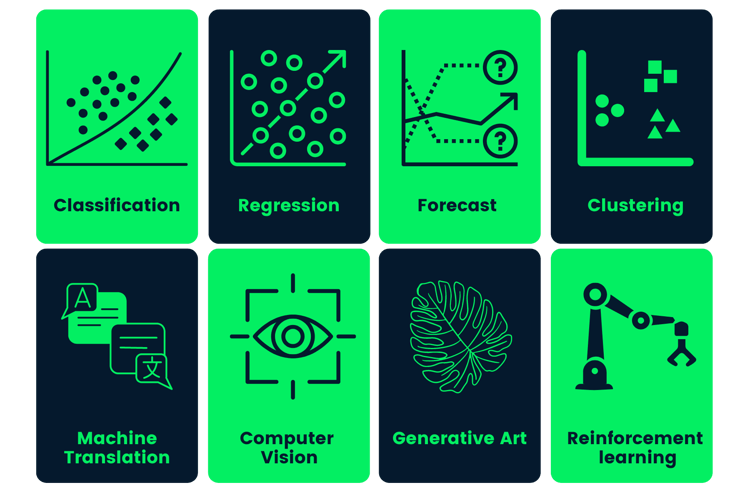Track
Learning through building projects is the best way to deepen your understanding and practical skills in the field of Large Language Models (LLMs) and AI. By working on projects, you will gain knowledge of new tools, techniques, and models that can optimize your applications and enable you to build highly accurate and fast AI applications.
Troubleshooting these projects will provide valuable experience, enhance your chances of securing your dream job, and enable you to earn additional income by monetizing your projects and creating a marketable product.

Image by Author
In this blog, we will explore LLM projects designed for beginners, intermediates, final-year students, and experts. Each project includes a guide and source material to study and replicate the results.
If you are new to LLMs, please complete the AI Fundamentals skill track before jumping into the below-mentioned project. This will help you gain actionable knowledge on popular AI topics like ChatGPT, large language models, generative AI, and more.
Looking to get started with Generative AI?
Learn how to work with LLMs in Python right in your browser
LLMs Projects for Beginners
In the beginner projects, you will learn how to use the OpenAI API to fine-tune models, generate responses, build AI assistants with multimodal capabilities, and serve API endpoints of your application using FastAPI.
Prerequisites: An understanding of Python is necessary.
1. Fine-Tuning OpenAI's Models
Project link: Fine-Tuning OpenAI's GPT-4
Fine-tuning GPT-4 on a custom dataset has become quite easy. You don't need expensive GPUs, to install software, or to write Python code. The only thing you need to do is upload the dataset and run the fine-tuning OpenAI API. Simple.
After fine-tuning is completed, you can use this model in your AI application, similar to any other model using the OpenAI API.
In this project, you will learn about the OpenAI API and how to modify and upload the dataset. In the end, you can access the fine-tuned model and generate the customized response.
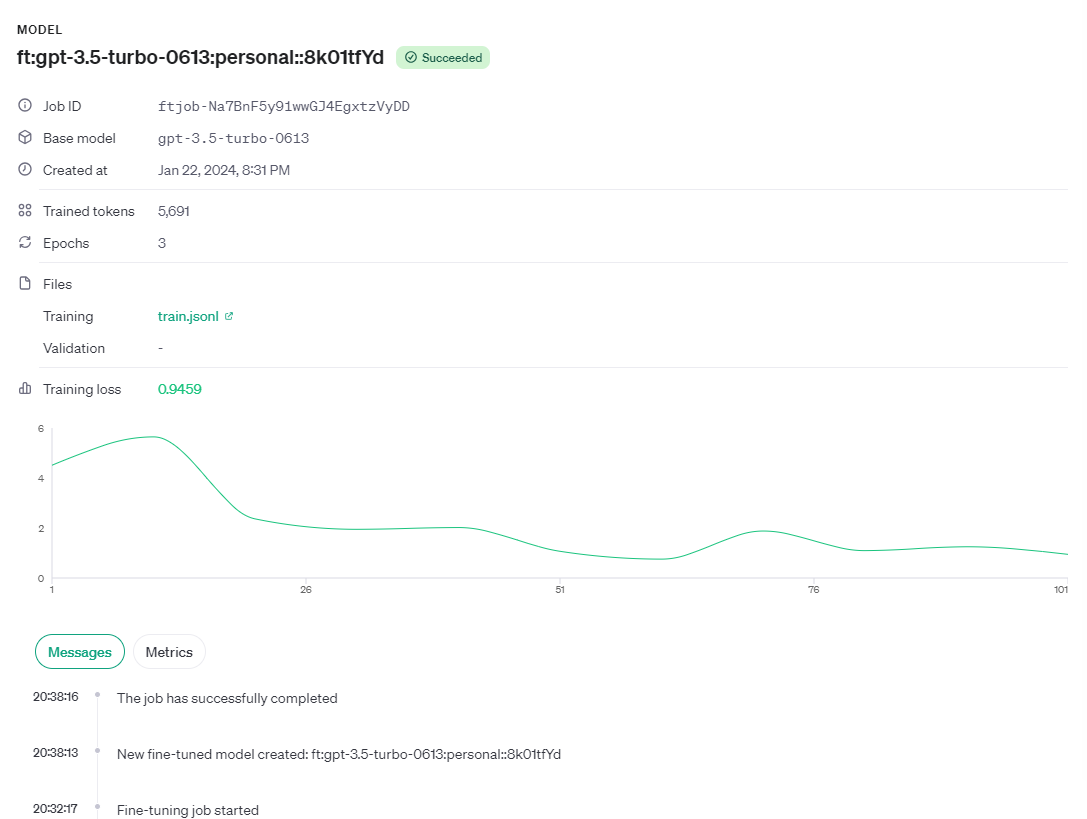
Source: Fine-Tuning OpenAI's GPT-4
2. Building an AI Assistant for Data Science with Multimodal Capabilities
Project link: Creating AI Assistants with GPT-4o
In this project, you will be creating your own AI assistant similar to ChatGPT. You will learn to use the OpenAI API and GPT-4o to create a specialized AI assistant tailored for data science tasks. This includes providing custom instructions, handling files and data, and using multimodal capabilities.
The fun part is that the whole project only requires you to understand various functions of the OpenAI Python API. With a few lines of code, you can build your own automated AI that will process the data for you and present you with the analysis.
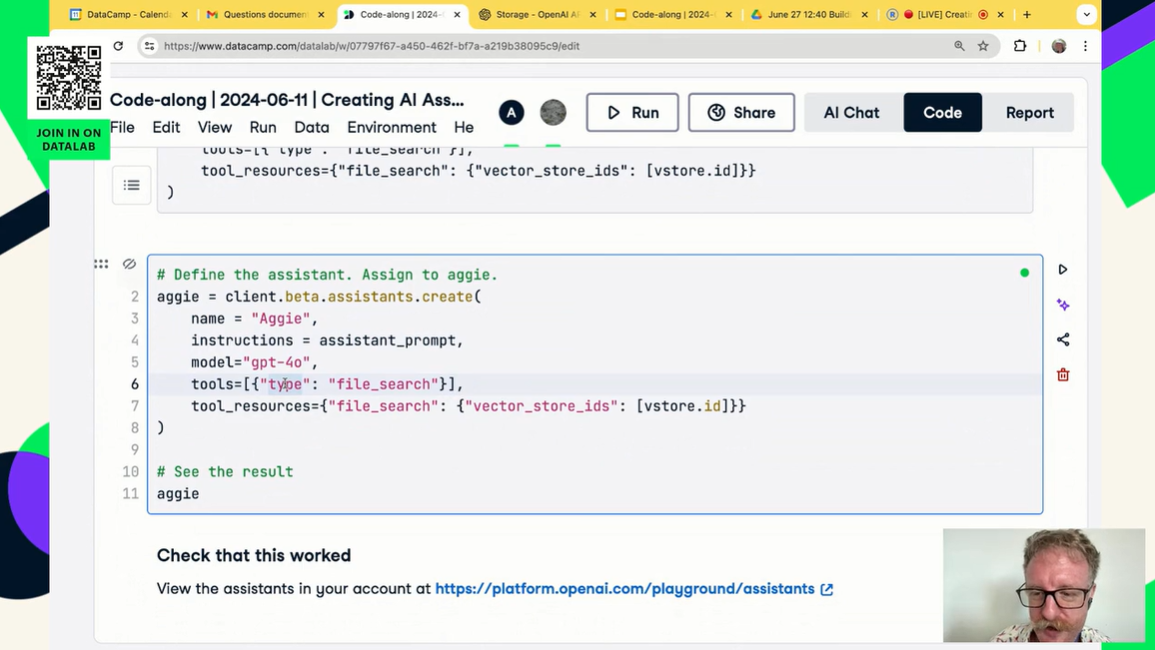
Source: Creating AI Assistants with GPT-4o
3. Serving an LLM Application as an API endpoint using FastAPI
Project link: Serving an LLM application as an API endpoint using FastAPI in Python
What is the next step after building your application using the OpenAI API? You will serve and deploy it to a server. This means creating a REST API application that anyone can use to integrate your AI application into their systems.
In this project, you will learn about FastAPI and how to build and serve AI applications. You will also learn how API works and how to test it locally.
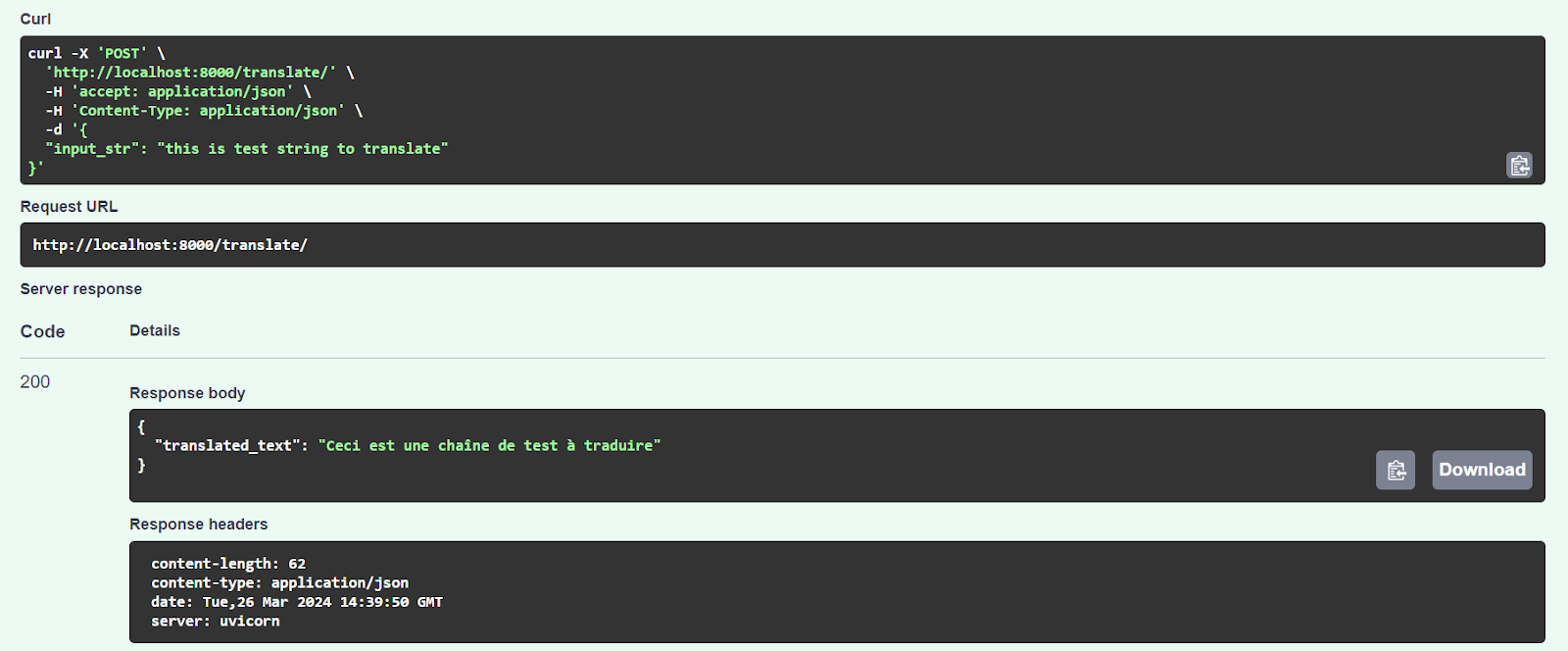
Source: Serving an LLM application as an API endpoint using FastAPI in Python
Intermediate LLMs Projects
In the intermediate LLM projects, you will learn to integrate various LLM APIs like Groq, OpenAI, and Cohere with frameworks such as LlamaIndex and LangChain. You will learn to build context-aware applications and connect multiple external sources to generate highly relevant and accurate responses.
Prerequisites: Experience with Python and an understanding of how AI agents work.
4. Building a Context-aware ChatPDF Application
Project link: Groq LPU Inference Engine Tutorial
The Groq API is similar to the OpenAI API but offers a speed of almost 500 tokens per second compared to OpenAI's 45 tokens per second, providing real-time responses.
In this project, you will learn about the Groq Python API and how to use it to build AI applications. You will explore concepts such as vector stores, indexing, embeddings, LLMs, chat engines, and memory buffers.
By using these components, you will build a context-aware RAG (Retrieval-Augmented Generation) application that can generate relevant responses using PDF files.
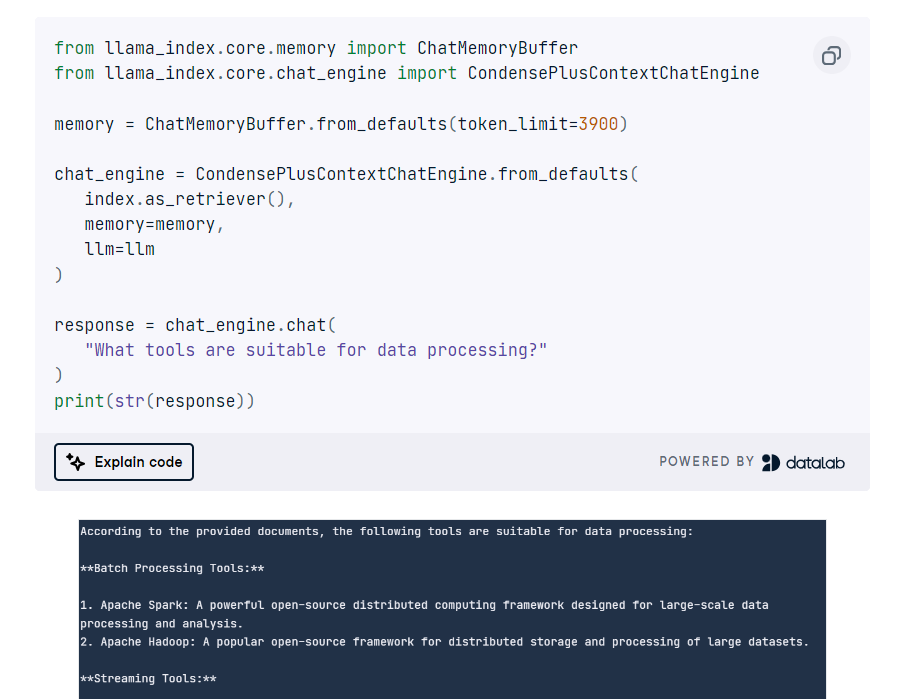
Source: Groq LPU Inference Engine Tutorial
5. Building a DuckDB SQL Query Engine Using an LLM
Project link: DuckDB Tutorial: Building AI Projects
DuckDB is a modern, high-performance, in-memory analytical database management system (DBMS) that can be used as a vector store and a SQL query engine.
In this project, you will learn about the LlamaIndex framework to build an RAG application using DuckDB as a vector store. Additionally, you will build a DuckDB SQL query engine that converts natural language into SQL queries and generates responses that can be used as context for the prompt. It is a fun project, and you will learn about a lot of LlamaIndex functions and agents.

Source: DuckDB Tutorial: Building AI Projects
LLM Projects for Final-Year Students
Final-year students have the opportunity to build proper LLM applications. Therefore, most projects mentioned in this section require knowledge about fine-tuning, LLM architectures, multimodal applications, AI agents, and, eventually, deploying the application on a server.
Prerequisites: Good understanding of Python language, LLMs, AI agents, and model fine-tuning.
6. Building Multimodal AI Applications with LangChain & the OpenAI API
Project link: Building Multimodal AI Applications with LangChain & the OpenAI API
Generative AI makes it easy to move beyond simply working with text. We can now combine the power of text and audio AI models to build a bot that answers questions about YouTube videos.
In this project, you will learn how to transcribe YouTube video content with the Whisper speech-to-text AI and then use GPT to ask questions about the content. You will also learn about LangChain and various OpenAI functions.
The project includes a video guide and code-along sessions for you to follow and build the application with the instructor.
Take the Developing LLM Applications with LangChain course to learn more about its features through interactive exercises, slides, quizzes, video tutorials, and assessment questions.
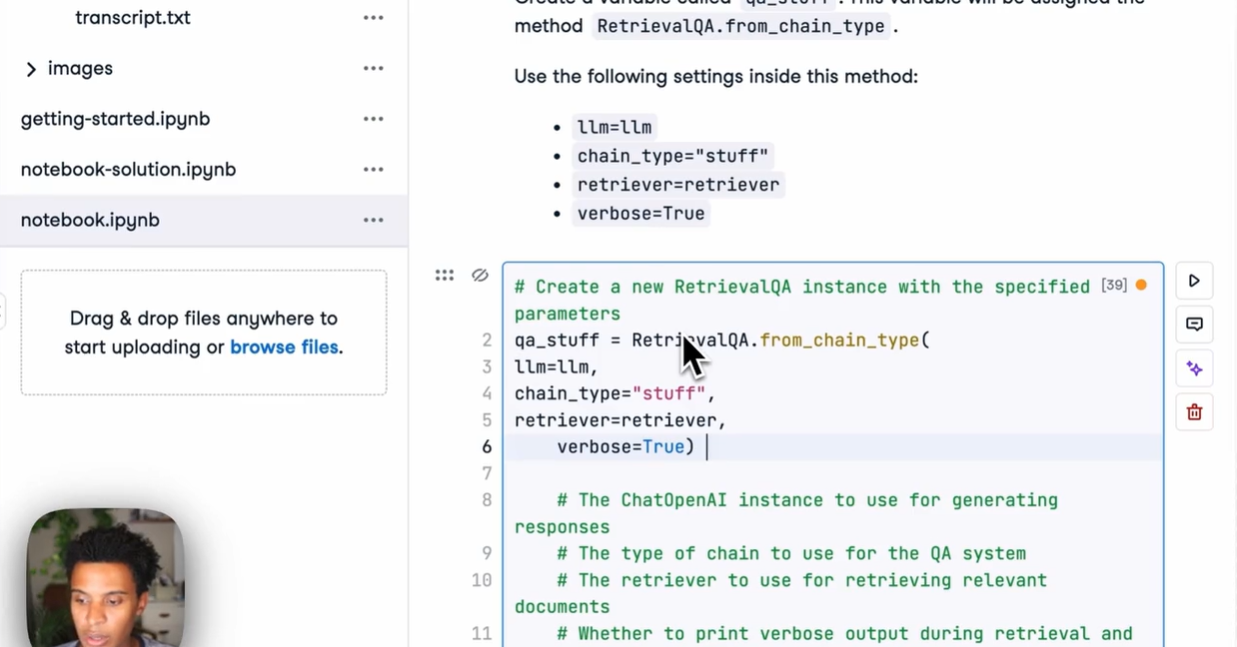
Source: Building Multimodal AI Applications with LangChain & the OpenAI API
7. Fine-Tuning Llama 3 and Using It Locally
Project link: Fine-Tuning Llama 3 and Using It Locally: A Step-by-Step Guide
Fine-tuning using the OpenAI API is easy, but it has limitations. It can only fine-tune the OpenAI model, and you are sacrificing privacy while also paying more compared to fine-tuning on your own machine. Ultimately, it all comes down to cost and security.
In this project, you will learn to use the Transformers framework to fine-tune the Llama 3 model on patient and doctor conversations. Additionally, you will learn to merge the base model with the fine-tuned adapter, convert it into GGUF format, quantize it, and use it locally with a Jan application.
By completing this project, you will gain knowledge on LLMs, fine-tuning, quantization, and various methods to optimize memory and compute usage.
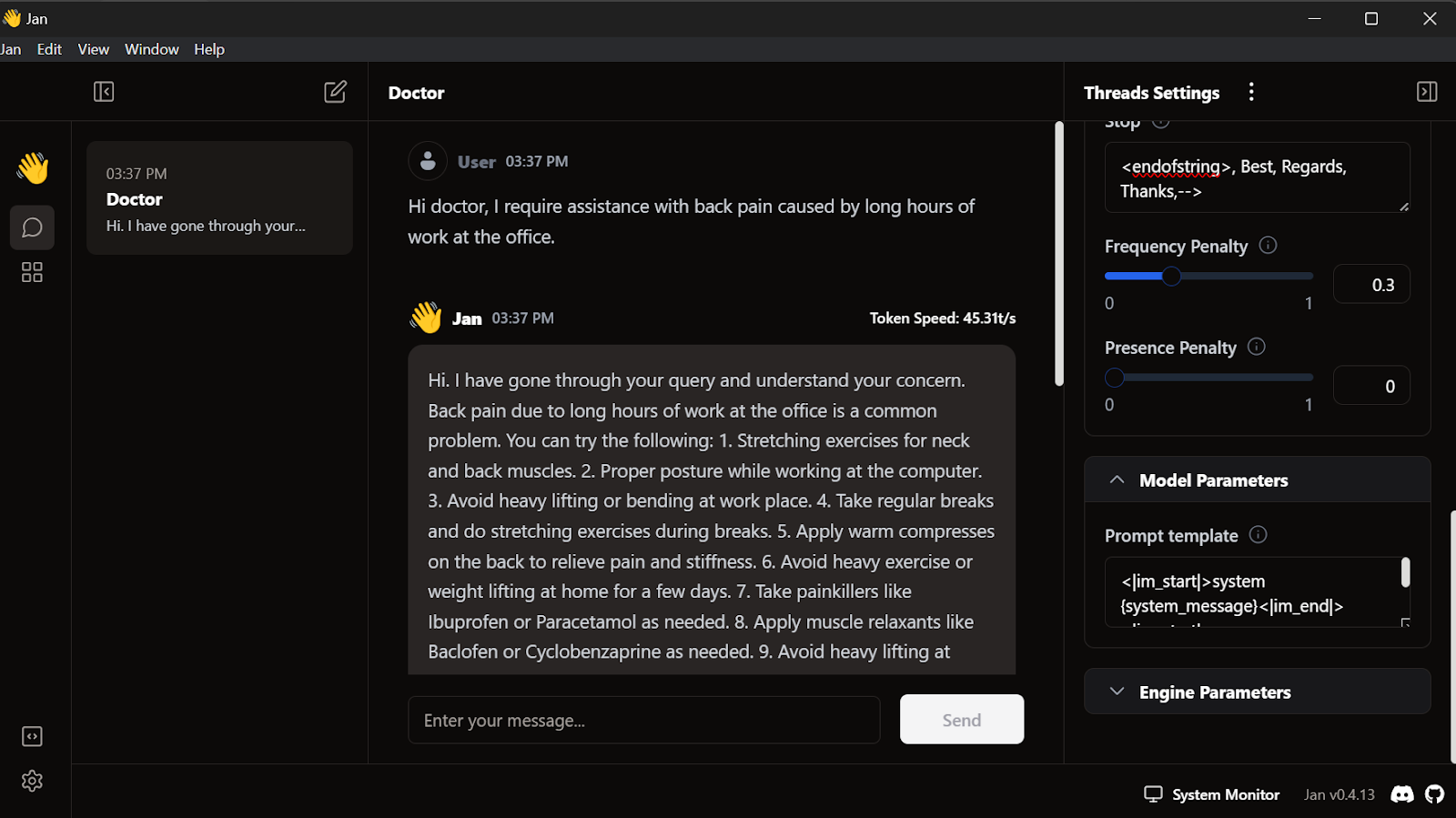
Source: Fine-Tuning Llama 3 and Using It Locally
8. Build a Multiple-step AI Agent Using the LangChain and Cohere API
Project link: Cohere Command R+: A Complete Step-by-Step Tutorial
Cohere API is similar to OpenAI API and offers many features compared to other LLM frameworks. In this project, you will learn the core features of Cohere API and use them to build a multi-step AI agent.
You will also master the LangChain framework and chaining together various AI agents.
In the end, you will build an AI application that will take the user's query to search the web and generate Python code. Then, it will use Python REPL to execute the code and return the user's requested visualization.
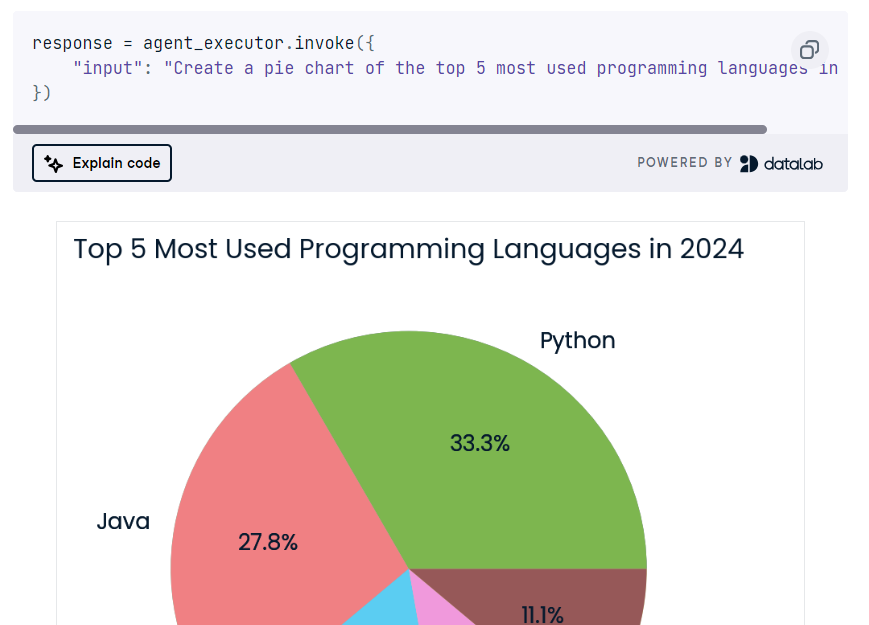
Source: Cohere Command R+: A Complete Step-by-Step Tutorial
9. Deploying LLM Applications with LangServe
Project link: Deploying LLM Applications with LangServe
In this project, you will learn how to deploy LLM applications using LangServe. You will start by setting up LangServe, creating a server using FastAPI, testing the server locally, and then deploying the application. You will also learn to monitor LLM's performance using the Prometheus framework and then use Grafana to visualize the model performance in the dashboard.
There is a lot to learn, and it will help you get a job in the LLMOps field, which is growing in demand.
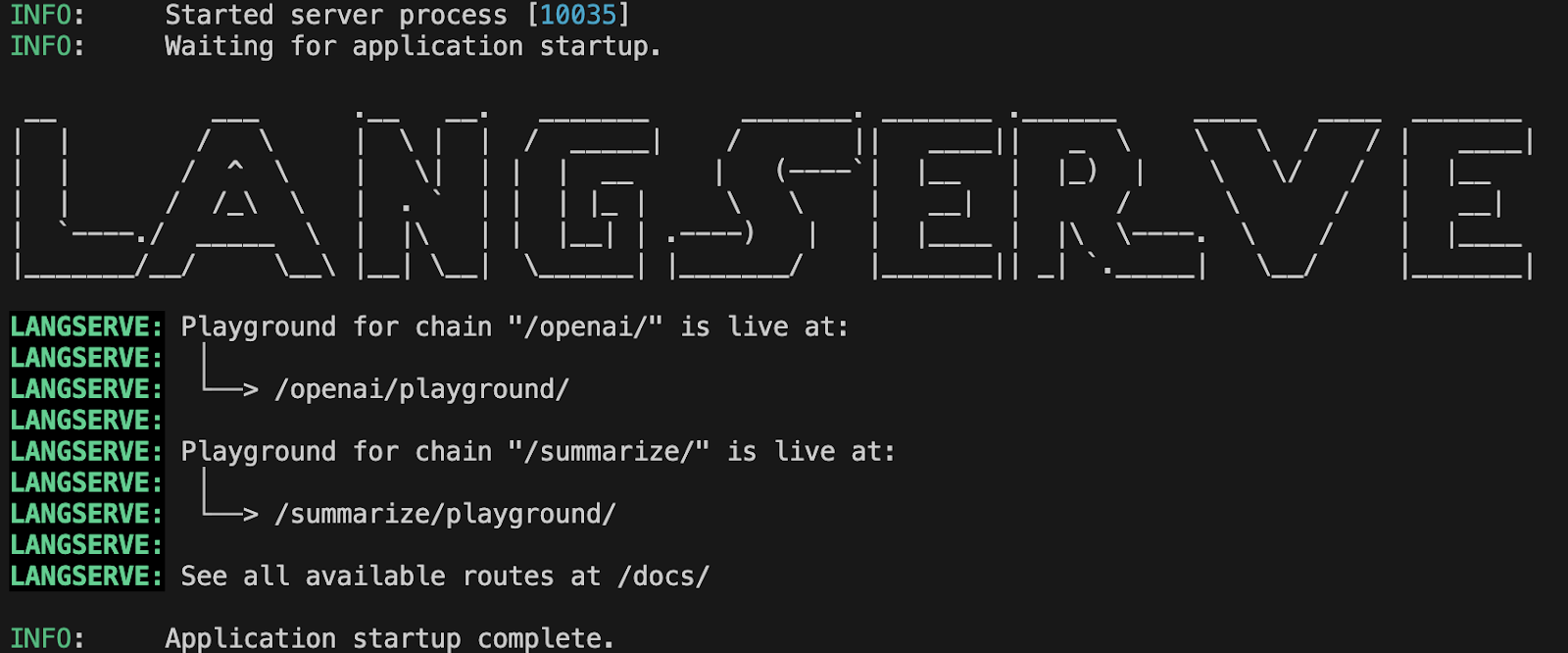
Source: Deploying LLM Applications with LangServe
Advanced LLMs Projects
The advanced LLM projects are designed for experts who want to build production-ready applications and improve already deployed LLM applications. By working on these projects, you will learn to infer and fine-tune on TPUs instead of GPUs for faster performance, automate taxonomy generation and text classification, and build AI applications in the Microsoft Azure Cloud.
Prerequisites: Good understanding of Python, LLMs, model fine-tuning, TPUs, and cloud computing.
10. Fine-Tune and Run Inference on Google's Gemma Model Using TPUs
Project link: Fine-Tune and Run Inference on Google's Gemma Model with TPU
Fine-tuning and running model inference on TPUs come with their own set of issues and limitations, but in return, you get 4x the speed compared to a multi-GPU setup.
In this project, you will learn about CPUs, GPUs, and TPUs, and how you can use TPUs to generate faster responses and fine-tune models in a quarter of the time. You will also learn about distributed fine-tuning and inference of models with TPUs, achieved through model parallelism, which distributes a single model's weights across multiple devices, enabling horizontal scaling and accelerating training.
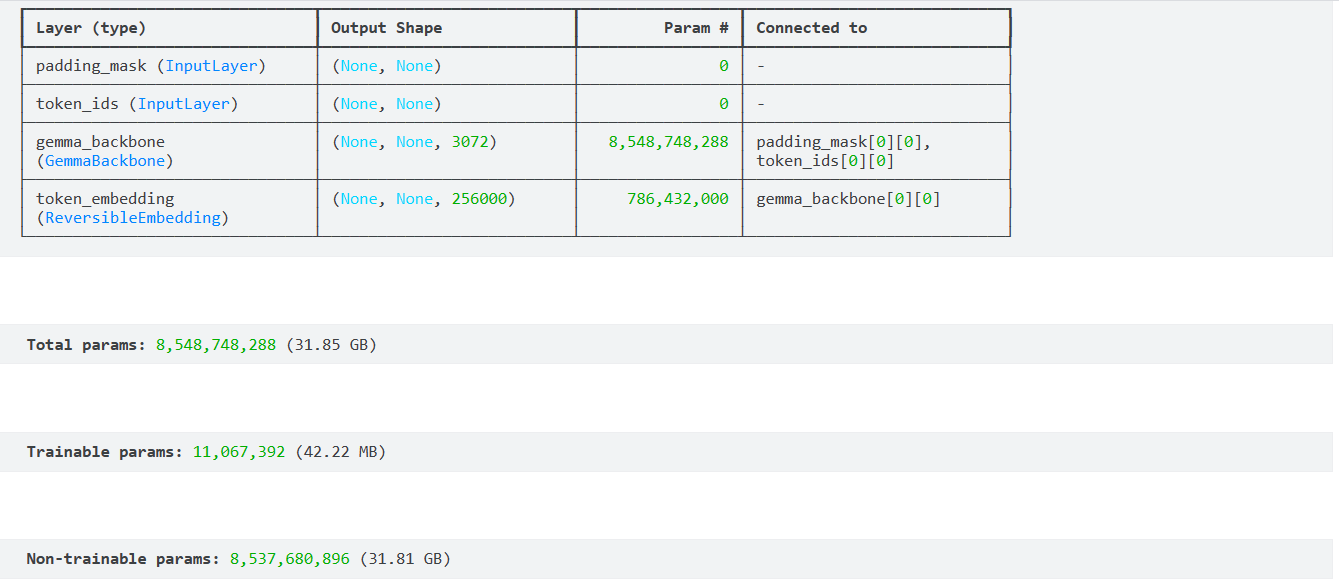
Source: Fine-Tune and Run Inference on Google's Gemma Model with TPU
11. Build a TNT-LLM Application
Project link: GPT-4o and LangGraph Tutorial: Build a TNT-LLM Application
Microsoft's TNT-LLM is a cutting-edge system designed to automate taxonomy generation and text classification by leveraging the power of large language models (LLMs), such as GPT-4, to enhance efficiency and accuracy with minimal human intervention. In this project, you will implement TNT-LLM using LangGraph, LangChain, and OpenAI API.
You will define graph state class, load datasets, summarize documents, create minibatches, generate and update taxonomy, review it, orchestrate the TNT-LLM pipeline with StateGraph, and finally cluster and display the taxonomy.
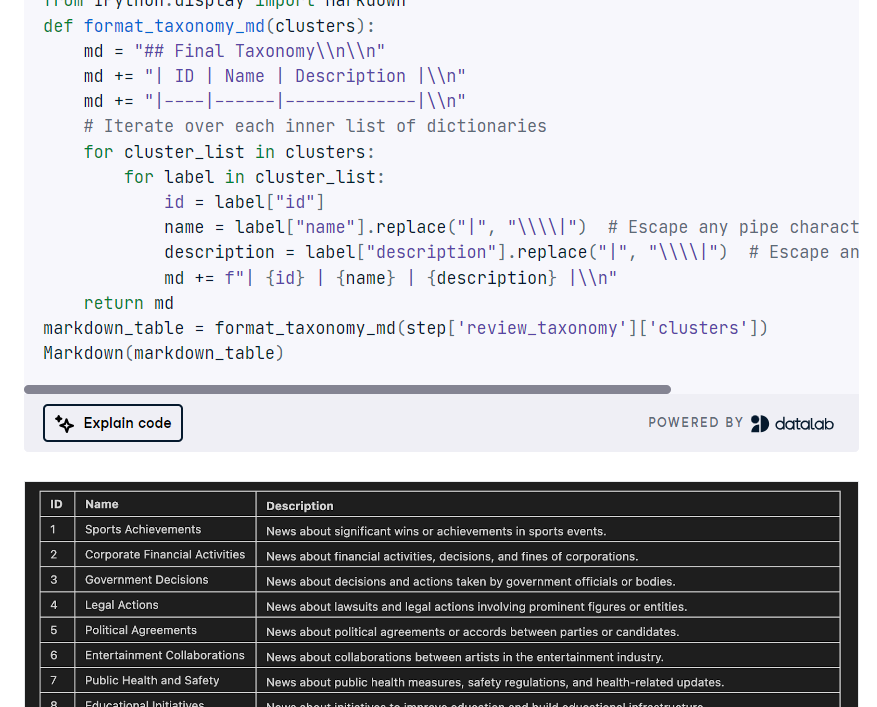
Source: GPT-4o and LangGraph Tutorial
12. Building an AI Application Using Azure Cloud
Project link: Using GPT on Azure
Gaining cloud computing experience is a crucial skill that will land you a position in any LLM-related field. Mastering the ability to build, automate, deploy, and maintain an LLM pipeline on Azure cloud will earn you the title of an expert in LLMs.
In this project, you will learn how to set up a pay-as-you-go instance of OpenAI and build simple applications that demonstrate the power of LLMs and Generative AI with your data. You will also use a vector store to build an RAG application and reduce hallucination in the AI application.
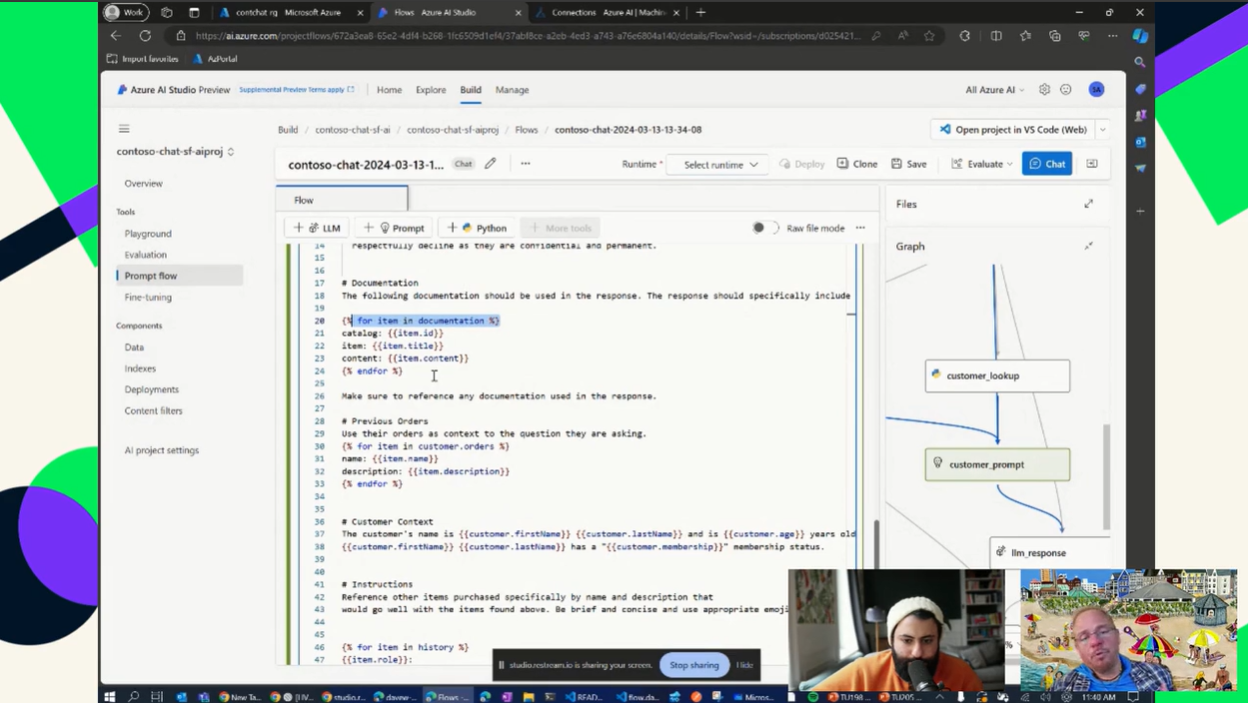
Source: Using GPT on Azure
Final Thoughts
Working through the projects mentioned above will provide you with enough experience to build your own product or even secure a job in the LLM field. The key to success is not just coding or fine-tuning but documentation and sharing your work on social media to attract attention. Ensure your project is well-explained and user-friendly, including a demo or usability guide within the documentation.
In this blog, we reviewed 12 LLM projects that can help you land your dream job as an LLM Scientist. If you are interested in learning more about LLMs, we highly recommend exploring the Developing Large Language Models skill track. It will teach the latest techniques for developing cutting-edge language models, mastering deep learning with PyTorch, building your own transformer model from scratch, and fine-tuning pre-trained LLMs from Hugging Face.

As a certified data scientist, I am passionate about leveraging cutting-edge technology to create innovative machine learning applications. With a strong background in speech recognition, data analysis and reporting, MLOps, conversational AI, and NLP, I have honed my skills in developing intelligent systems that can make a real impact. In addition to my technical expertise, I am also a skilled communicator with a talent for distilling complex concepts into clear and concise language. As a result, I have become a sought-after blogger on data science, sharing my insights and experiences with a growing community of fellow data professionals. Currently, I am focusing on content creation and editing, working with large language models to develop powerful and engaging content that can help businesses and individuals alike make the most of their data.
